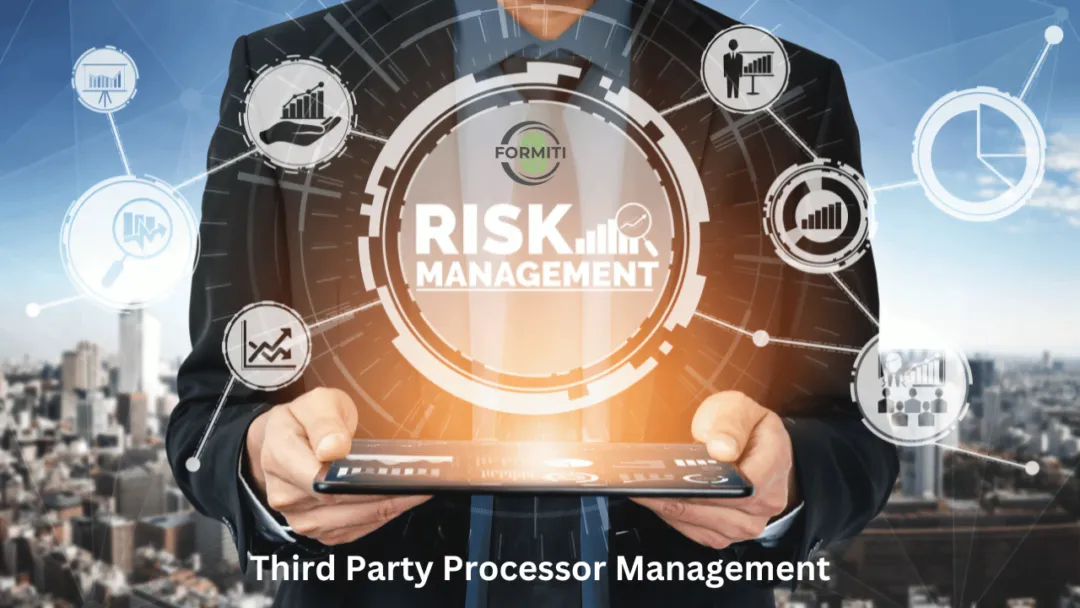Introduction
In an era where digital interconnectivity reigns supreme, the role of managing third-party data processors and supply chains has become increasingly pivotal in the global data ecosystem. The relentless advance of social engineering and phishing attacks only exacerbates the vulnerability of these entities. As our CEO Robert Healey points out, threat actors are now more sophisticated, leveraging these tactics to breach third-party systems and, by extension, those of the data controllers.
The Rising Menace of Supply Chain Attacks
Supply chain attacks are not a novel concept, but their evolution is noteworthy. Attackers no longer just aim for the jugular; they target the lifeblood of organisations – their data processors and supply chains. By infiltrating a third party, attackers gain a backdoor into the primary organisation, circumventing direct security measures. The intricacy of these attacks lies in their stealth and the difficulty of tracing them back to the source, which drains valuable resources and time.
Third-Party Data Privacy Audits: A Shield Against Cyber Threats
In response to these challenges, third-party data privacy audits emerge as a beacon of hope. These audits serve multiple purposes:
- Detection and Prevention: They help in identifying vulnerabilities within the third-party systems, allowing for timely rectification before a breach occurs.
- Compliance Assurance: Given the global patchwork of data protection laws, audits ensure that third-party processors adhere to relevant regulations, safeguarding against legal repercussions.
- Building Trust: Demonstrating due diligence in third-party management fosters trust among clients and stakeholders, vital in today’s data-sensitive climate.
- Resource Optimisation: By proactively managing third-party risks, organisations can allocate their resources more efficiently, focusing on core business activities rather than fire fighting potential breaches.
Embracing a Culture of Continuous Education
The battle against cyber threats is not won solely through technological means. The human factor plays a critical role. Ensuring that third-party vendors regularly update and educate their employees on the latest cyber threats and best practices is crucial. This human-centric approach to cybersecurity serves as an additional layer of defence, reducing the likelihood of successful social engineering and phishing attacks.
Moving Forward: A Collaborative Approach
To fortify defences against these ever-evolving threats, a collaborative approach is essential. This involves:
- Regular Communication: Establishing open lines of communication with third-party vendors ensures swift action in the face of potential threats.
- Shared Responsibility: Both data controllers and processors must acknowledge their shared responsibility in protecting data.
- Innovative Solutions: Investing in innovative cybersecurity solutions that can adapt to changing threat landscapes is crucial.
Conclusion
In conclusion, managing third-party data processors and supply chains is not merely a compliance requirement; it is a strategic necessity in the digital age. By conducting thorough data privacy audits and fostering a culture of continuous education and collaboration, organisations can significantly mitigate the risks posed by sophisticated cyber threats.

